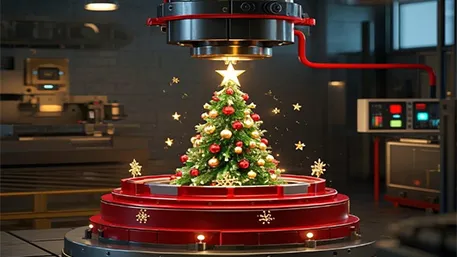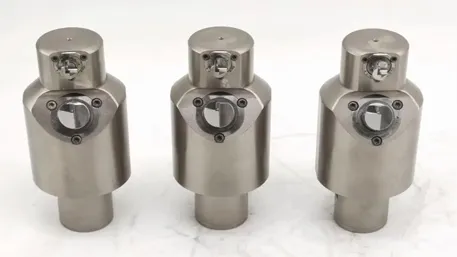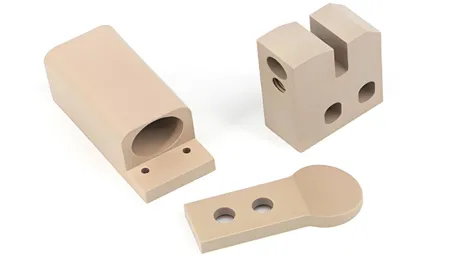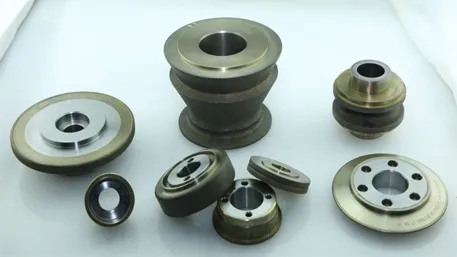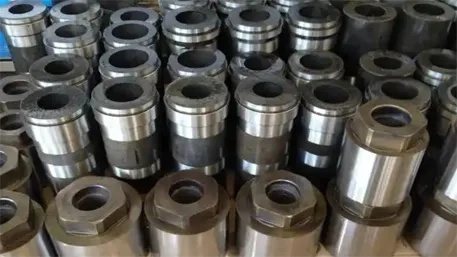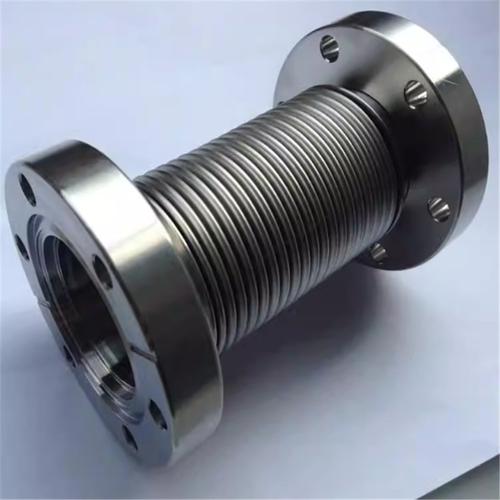In the pharmaceutical industry, packaging bottles are not only containers for drugs but also important carriers to ensure the safety, effectiveness, and compliance of drugs. Custom pharmaceutical packaging bottles meet the strict requirements of drug storage, transportation, and use through material innovation, process optimization, and functional design. This article systematically analyzes the technical logic and industry value of custom pharmaceutical packaging bottles from aspects such as material selection, process technology, application scenarios, and quality control, providing professional decision – making references for pharmaceutical companies.
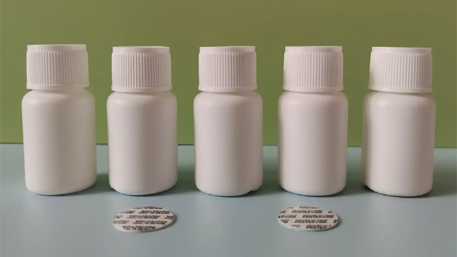
I. Material Engineering: Precise Selection for Biocompatibility and Functional Adaptation
The materials for custom pharmaceutical packaging bottles need to meet biocompatibility, chemical stability, barrier properties, and processing performance. The following are the key characteristics and typical applications of commonly used materials:
Polypropylene (PP)
Characteristics: Non – toxic, odorless, resistant to acids, alkalis, and organic solvents, can withstand high – temperature sterilization at 121℃, with a density of 0.9 g/cm³.
Applications: Oral solid medicine bottles (such as tablet and capsule bottles), due to its lightweight and good sealing performance.
High – Density Polyethylene (HDPE)
Characteristics: Excellent barrier properties (moisture – proof, oxygen – proof), low – temperature resistance (- 40℃), and strong drop – resistance.
Applications: Liquid medicine bottles (such as syrups, topical lotions), especially suitable for scenarios that require extrusion or multiple openings and closings.
Polyethylene Terephthalate (PET)
Characteristics: High transparency (light transmittance > 90%), good barrier properties, and recyclability.
Applications: Oral liquid bottles, eye – drop bottles, meeting the needs of visualization and long – term storage stability.
Glass (Borosilicate Glass)
Characteristics: Strong chemical inertness, resistance to extreme temperatures, no migration risk, and compliant with USP Class I standard.
Applications: Injection vials, vaccine bottles, especially suitable for drugs with extremely high safety requirements.
Aluminum – Plastic Composite Materials
Characteristics: Combining the barrier properties of metals and the formability of plastics, light – proof, moisture – proof, and heat – sealable.
Applications: Blister packaging, ointment tubes, ensuring drugs are protected from the external environment.
Through precise material selection, custom packaging bottles can meet the requirements of drugs for light – shielding (such as adding light – blocking agents to HDPE), child – resistant opening (such as the safety lock design of PP bottles), and aseptic environment (such as the high – temperature sterilization tolerance of glass).
II. Process Technology: In – depth Integration of Precision Manufacturing and Compliance Design
Injection Molding and Blow Molding
Injection Molding: Used to manufacture packaging bottles with complex structures (such as measuring cup bottles with scales), controlling dimensional tolerances within ±0.05 mm through high – precision molds.
Blow Molding: Suitable for hollow packaging bottles (such as round liquid medicine bottles), achieving control of wall – thickness uniformity by adjusting blow – molding pressure and temperature to ensure mechanical properties.
Surface Treatment and Functional Integration
Laser Coding: Directly engraving drug information (such as batch number, expiration date) on the bottle body or cap to ensure clarity and non – tampering.
Antibacterial Coating: Adding an antibacterial layer to the inner wall of the bottle through nanotechnology to prevent drug contamination during storage.
Tamper – Evident Design: Using a one – time opening ring or easy – tear – off cap to ensure that the drug has not been used.
Application of Special Processes
Freeze – Drying Process Adaptation: Injection glass vials need to go through processes such as pre – freezing and sublimation drying to ensure that the bottle body can withstand the vacuum environment and temperature changes.
Aseptic Filling Adaptation: The packaging bottle design should facilitate the operation of the aseptic filling line to reduce the risk of contamination.
III. Application Scenarios: Customized Solutions for All Categories of Drugs
Oral Solid Drug Packaging
Tablet / Capsule Bottles: Made of PP or HDPE, equipped with a silicone sealing ring and a child – resistant cap to ensure sealing and safety.
Blister Packaging: Aluminum – plastic composite materials, achieving single – dose encapsulation of drugs through thermo – forming, which is convenient for carrying and counting.
Liquid Drug Packaging
Oral Liquid Bottles: Made of PET or HDPE, with a drip – proof structure at the bottle mouth, and the bottle body can be customized with scale lines for accurate dosing.
Injection Vials: Made of borosilicate glass, with a butyl rubber stopper and an aluminum crimp cap to ensure the sterility and long – term stability of the drug.
Topical Drug Packaging
Ointment Tubes: Made of aluminum – plastic composite or HDPE, with a screw – cap or extrusion nozzle at the tube mouth to facilitate dosage control.
Spray Bottles: Made of HDPE or PET, equipped with a precision atomizing spray head to ensure uniform drug release.
Vaccine and Biologics Packaging
Vials: Made of borosilicate glass, designed to adapt to the freeze – drying process to ensure the active preservation of vaccines in a low – temperature environment.
IV. Quality Control: Stringent Standards of the Pharmaceutical Industry
Material Compliance Certification
The packaging bottle materials need to pass certifications such as FDA (U.S. Food and Drug Administration), EU 10/2011, or Chinese Pharmacopoeia standards to ensure no harmful substance migration.
For plastics in direct contact with drugs, perform leachables testing (such as heavy metal content ≤ 0.1 ppm) and biocompatibility evaluation (ISO 10993).
Sealing and Integrity Testing
Verify the sealing of packaging bottles through the vacuum decay method or microbial intrusion test to ensure that drugs are not contaminated within the expiration date.
For glass packaging bottles, conduct an inner – surface water – resistance test (ISO 720) to prevent glass delamination from affecting drug quality.
Mechanical Property Testing
Test the torque force of the cap (such as 1 – 3 N·m) and the compressive strength of the bottle body (such as no deformation under 500 N pressure) to ensure reliability during transportation and use.
V. Industry Trends and Technological Innovation
Intelligent Packaging
Packaging bottles integrated with sensors can monitor the storage temperature, humidity, or remaining amount of drugs and transmit data in real – time through the Internet of Things (IoT) to ensure the safety of drug cold – chain management.
Packaging bottles applying NFC technology can display drug instructions, medication reminders, etc. after scanning, improving patient compliance.
Environmental Sustainability
Promote recyclable materials (such as rPET) and biobased plastics (such as polylactic acid PLA), and some companies have achieved 100% recyclable packaging bottles.
Develop reduction designs, reducing the use of plastic by more than 20% through thin – wall injection – molding technology to reduce the environmental burden.
Personalization and Adaptation to Precision Medicine
3D printing technology enables small – batch customized packaging bottles to meet the personalized needs of special drugs (such as orphan drugs).
Dose – precision design, such as the integration of quantitative scales or pill splitters in children’s medicine bottles, improves the safety of medication.
FAQ
Q1: What is the minimum order quantity for custom pharmaceutical packaging bottles?
A: Usually 10,000 – 50,000 pieces. It specifically depends on the material, process complexity, and mold cost. Small – batch customization can be achieved through rapid – mold technology or 3D printing.
Q2: How to ensure the compatibility between the packaging bottle and the drug?
A: The materials need to pass compatibility tests (such as accelerated aging experiments), simulating the long – term contact between the drug and the packaging bottle in high – temperature and high – humidity environments to ensure no ingredient migration or chemical reactions.
Q3: Can packaging bottles with child – resistant opening functions be customized?
A: Yes. Design a safety lock structure (such as a Push – and – Turn cap) through the injection – molding mold. It requires the application of a specific pressure or rotation angle to open, complying with the U.S. child – resistant packaging standard (CPSC 16 CFR Part 1700).
Q4: What are the sterilization methods for pharmaceutical packaging bottles?
A: Common sterilization methods include high – temperature steam sterilization (121℃, 15 minutes), γ – ray sterilization (25 kGy), or ethylene oxide sterilization. The packaging materials need to withstand the corresponding sterilization process without affecting their performance.
Consult Now and Get a Professional Customized Solution
If you need to customize high – performance pharmaceutical packaging bottles, please feel free to contact us via online message. Our engineering team will:
Recommend compliant and suitable packaging materials (such as pharmaceutical – grade PP, borosilicate glass) according to the characteristics of the drug;
Provide a full – process solution from mold design to functional integration to ensure the safety and functionality of the packaging bottle;
Strictly follow pharmaceutical industry standards, provide third – party test reports, and guarantee product quality and compliance.
Whether it is the child – resistant opening design for oral solid drugs or the aseptic packaging requirement for injections, we build customized solutions for you based on materials science and supported by precision processes. Click to leave a message and start your professional customization journey!

